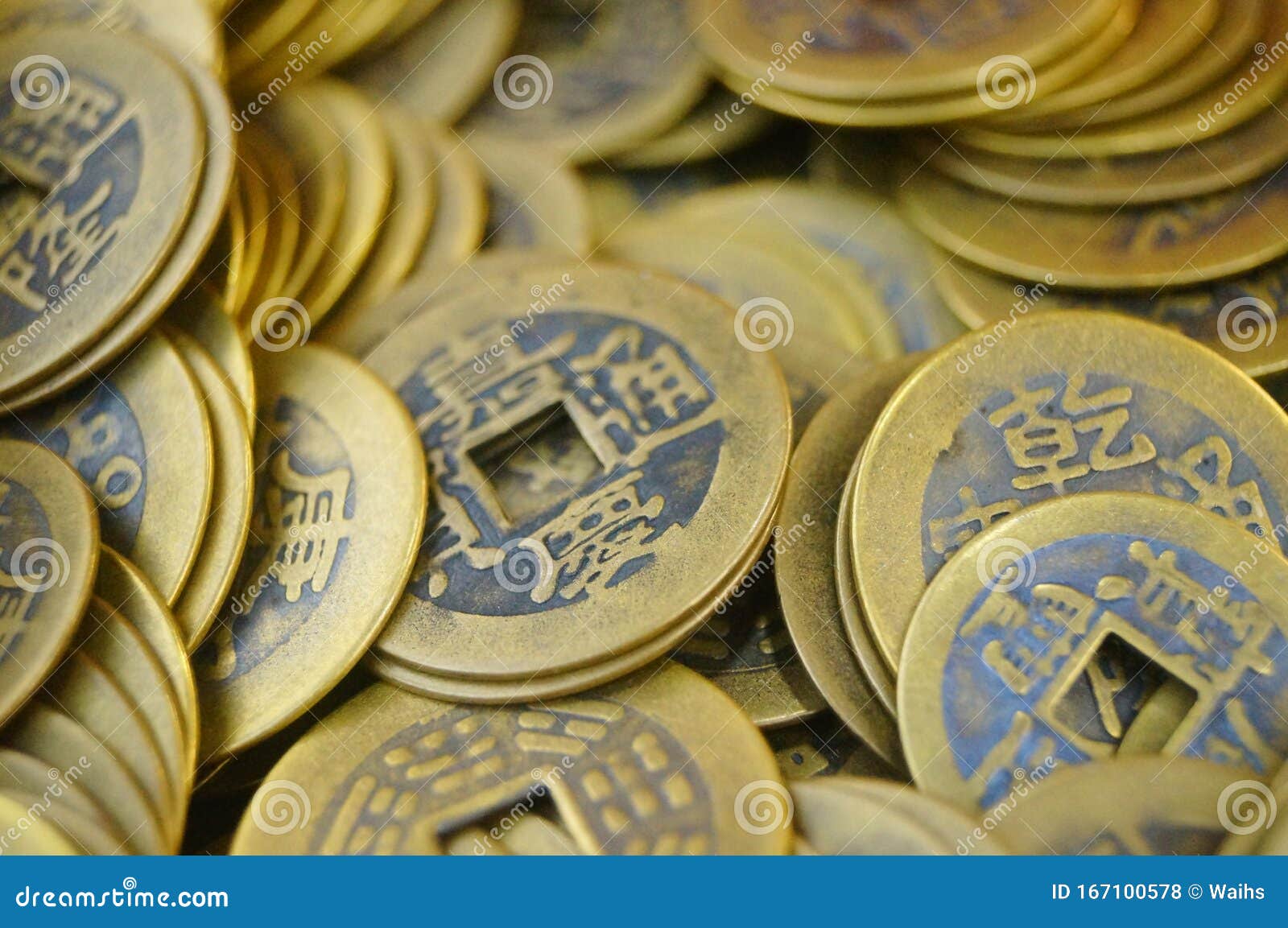

Various types and shapes of Chinese Coin – Cash – shovel chan They were also called “spade coin” or “knife coin” because of their shapes. It was not uncommon at that time in fact to pay with coins in the shape of shovel, spade or knife on which began to appear even the first engravings.

In particular, these abandoned the shell shape and began to be represented as objects and tools of mass consumption. It was in this period that, under the Zhou dynasty, the first ancestral forms of Chinese currency began to spread. We can officially speak of the first Chinese coins only from the end of the 12th century B.C. A form of minting decidedly primitive but that begins to mark the path to future civilization. These are made once again in the shape of a shell and do not have any engraving or writing that can identify them. In that period, in fact, they began to exploit the metal, in particular bronze, to create small objects that play the role of today’s coins. Starting from the second half of the XII century B.C., the Chinese Empire witnessed a real introduction of an early coin. In the second case the shells were used as real coins and had a purchasing power that, even if with enormous limits, allowed to get food and various tools. In the first case, as we know, we are talking about a very simple economic system we exchange goods and objects in exchange for other goods and other objects in an exchange considered on an equal footing between the two traders. The famous shells used as “currency” of exchange in China but also in other countries overlooking the Pacific Ocean. Like many other countries, China used barter and shells as means of exchange or payment. In this regard, it is essential to know that in ancient times China had no monetary system.

Origins of the Chinese Coinsīefore talking about the Renmimbi and in general about today’s Chinese currency, it is essential to retrace what has been the “path” of the Chinese economy up to the present day. The Chinese currency through millennia of history. Also in this case, the Chinese coin or currency if you like, is not exempt from this fascinating past. In order to better understand the characteristics of the Chinese coin, it is necessary to retrace its history.Īs we all know, the oriental world is able to hide charm and mystery around its legends and traditions. In fact, according to the Unicode coding system, this symbol would identify the Japanese currency Yen. This symbol is an indication of the price even if it is not recognized in a completely official way. This indication is a clear example of how the Chinese language has a very strong impact on the name of what is also the official currency.Īs for the symbols, in addition to those already seen, very often shops use a Y with two bars on top. Yuan in the popular Chinese language means “round” or alternatively “round coin”. The biggest one is the 100 yuan banknote. One jiao is subdivided in 10 fen which are the smallest cut and are equivalent to practically cents. The basic unit of the Chinese currency is the yuan, which in turn is divided into 10 jiao. Now, the official abbreviation is CNY, while the commonly used abbreviation is RMB. The Chinese currency is called Renmimbi which literally means “currency of the people” and is the actual currency in use in the Republic of China. On this page we will talk about the Chinese coins but first let’s make a brief introduction. Coins Online Auction: How does it work?.


 0 kommentar(er)
0 kommentar(er)
